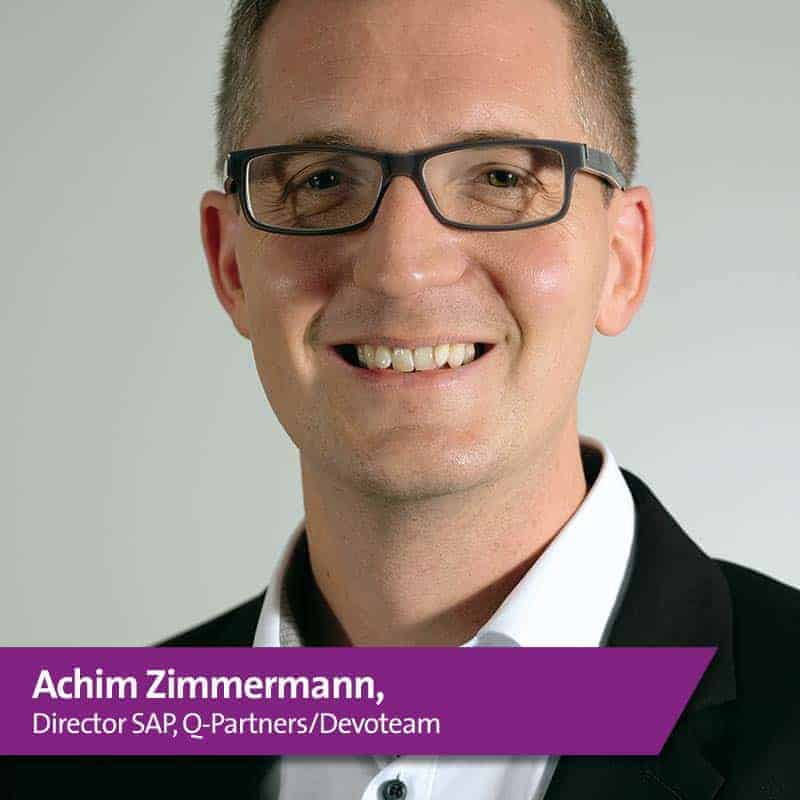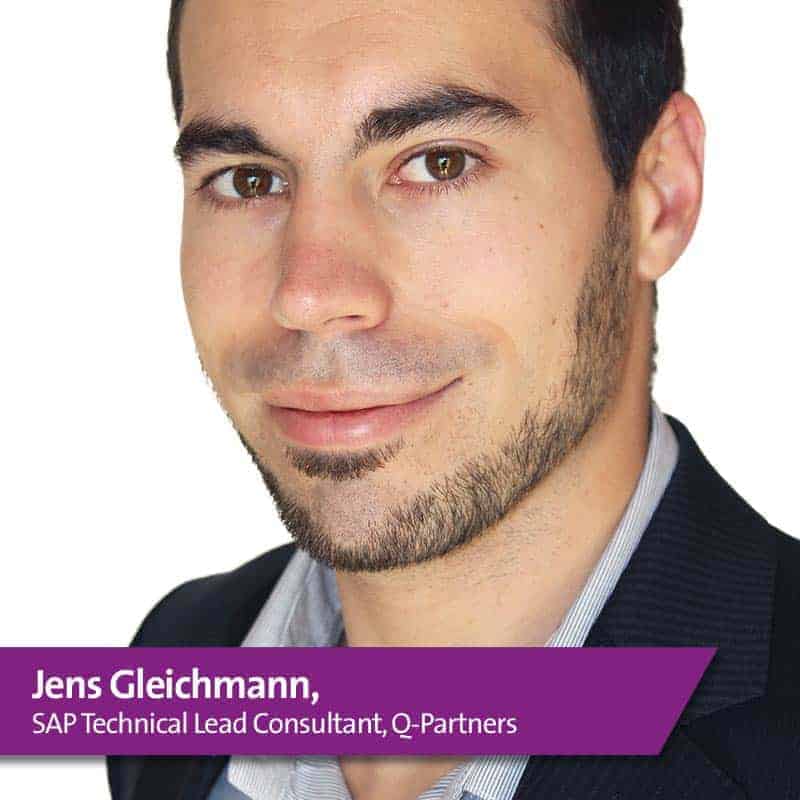Hybrid Cloud Force Field


SAP has been pushing the provision of cloud-based solutions for some time now. Even more so in the meantime. A so-called cloud-first strategy is being pursued, which is expressed, for example, in the fact that new features or innovations in the business suite successor S/4 are first made available every three months in the SAP S/4 Hana Cloud variant. They are then consolidated and made available every twelve months in the S/4 on-premise version.
At present, SAP customers prefer a both/and rather than an either/or approach to cloud adoption, which is closely linked to digitization projects.
Only a few SAP customers have their sights set on moving their on-premise SAP landscape(s) completely to the cloud. In particular, mid-sized and large companies with several thousand employees are less likely to pursue a "cloud only" strategy. Rather, they are aiming for mixed SAP operation or SAP deployment in the form of different hybrid cloud scenarios.
In the process, parts of the application landscape are transferred on-premise, while others are transferred to a public cloud or operated via it. The focus is also on converting on-premise environments in the direction of the private cloud.
For example, through a transformation in the direction of Software Defined Infrastructure (SDI) based on cloud-native solutions such as OpenStack, in order to break down relatively rigid silos and to be able to react more agilely and more flexibly and cost-adequately to business requirements. However, this is with the aim of hybrid cloud use. SAP, by the way, prefers a similar approach.

The fact that hybrid cloud computing is becoming something of a guiding light or force field in overall cloud computing is evidenced not only by market figures, but also by the sharp rise in customer inquiries to Q-Partners/Devoteam from the SAP community.
There are a wide variety of issues, and virtually every existing SAP customer is pursuing its own agenda. In particular, Infrastructure as a Service (IaaS) is currently leading the way in cloud computing as a whole, with the procurement of infrastructure services on the basis of defined SLAs from a public cloud services provider certified by SAP, such as Google on the basis of the Google Cloud Platform (GCP).
Plan, Build, Test and Run
Open questions: Which SAP cloud application scenarios should be tackled first, and which promise the greatest benefits? What are the concrete costs - in the short term and in the long term? What organizational concerns need to be taken into account?
What about security? What needs to be done to prevent a possible loss of data located in a public cloud? Or, or, or.
The fact is that it has never been easier to quickly set up, book, and operate Hana infrastructure resources or capacities, including the Suse Linux Enterprise Server (SLES) for SAP operating system platform, with a public cloud service provider (for more on Suse Linux Enterprise Server for SAP Applications and hybrid cloud computing, see the Suse Linux article on page 48 of this issue).
SAP has also played a significant role in this, having developed and provided procedures and techniques (such as SAP CAL) for using public cloud services in conjunction with SAP solutions in a short time and in a relatively straightforward manner.
Nevertheless, planning or certain configuration work is necessary before the actual use of cloud services. Test phases are also necessary, along with individual detail work. Similar to the good old simplified project lifecycle "Plan, Build, Test and Run".

Experience shows that the planning phase usually takes up the most space. Through the cooperation of customers and qualified cloud architects, individual hybrid cloud solution concepts are created for the build as well as for the subsequent run.
In this context, various possible application scenarios for public cloud use are also discussed or rounded off. This includes the existing on-premise SAP environment.
Which application scenarios or hybrid cloud usage models, including public cloud services, are then actually used by a company is also specified here.
Beyond the current classics - namely using a public cloud for dev, QA or test systems or booking Hana resources there - the following use cases are possible: for example, using the Google Cloud Platform to cover peak load scenarios, such as year-end closings, monthly consolidations or certain peak periods.
This may be the case at a retailer ("Black Friday"). Less frequently required computing power is simply booked or added via the public cloud as needed. Also relevant for computer and server use:
IaaS resource utilization eliminates commonly incurred "sizing wastage" costs (keyword: soda costs or costs that exist latently).
Another profitable use case is to use a secondary system via the public cloud to increase high availability by using Hana System Replication (HSR) in conjunction with Suse SLES HAE. Or a cost-effective use of near-zero downtime patching by setting up Hana system replication and implementing Hana patching including Suse SLES for SAP Applications via DBSL suspend procedures.
After implementation, it is then possible to simply deactivate or delete the "superfluous" instance again. Another scenario is to test an OS or Hana patching with a temporary instance on the public cloud (capture and replay) before it is carried out. For example, to test the before and after performance, to identify possible errors, to realize parameter optimizations and more.
Cost-effective use cases
Furthermore, the realization of sandboxes or training systems via Google Cloud Platform. Increasingly, departments or SAP users want to test or evaluate business functions or quickly use a training system - but this usually requires a sandbox system and some kind of extra system with current data.
The solution: create a temporary GCP instance using HSR or backup and restore of a Prod system and use it as a sandbox or training system. Here, too, the systems can be quickly and easily deleted or "disposed of" after they are no longer needed.
It is also important to think about tomorrow. In particular, for existing SAP customers with SAP Leonardo on the agenda, this means using many new systems. You don't have to be a prophet: In order to use IoT, AI, Big Data or Blockchain in a meaningful way, many new additional systems will be needed or existing systems will have to be expanded.
And, of course, you want to be able to access new application options quickly and not have to endure a time-consuming weeks-long procurement and installation rally. The solution here is the same: book or rent systems via public cloud in a subscription offer tailored to your needs.
Once the plan phase has been completed, what has been defined there is implemented in the build. This also includes any organizational changes or changes and innovations that affect the SAP Basis or SAP system operation.
It should be noted that each cloud service provider has its own specialties, so to speak, beyond the respective selectable IaaS subscription packages (node size, CPU or storage types and sizes).
Benefit from experience
The cooperation between Devoteam and Google in connection with the GCP has an exclusive character in the SAP environment. This also means that Devoteam, via its own Google Cloud Professional Architects, in turn supports or has supported Google in the provision of SAP IaaS services in a variety of ways.
In particular, with regard to the necessities for the best possible SAP operation by Q-Partners and at the same time already implemented nowadays. Of course, SAP and Google have done intensive development work with the announcement and availability of "SAP on GCP" during Sapphire 2017.
Google has been pushing SAP as a topic for some time now. And: Google already provides the same maximum VM OLTP and VM OLAP node sizes certified by SAP on the GCP as Amazon on AWS, for example, and more than Microsoft on Azure.
The target is Hana node sizes of around 18 TB in the long term (more on this on page 50 of this issue). Through the cooperation with Google, Q-Partners as SAP Gold Partner and Devoteam as Google Cloud EMEA Services Partner of the Year 2018 were able to gain valuable know-how and experience specifically in IaaS use on the GCP, from which SAP customers benefit in projects - both in the plan and build as well as in the test and run.






